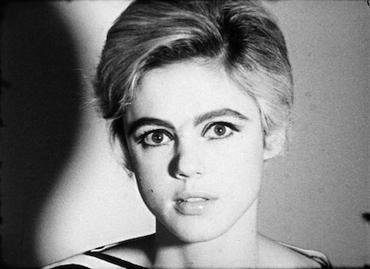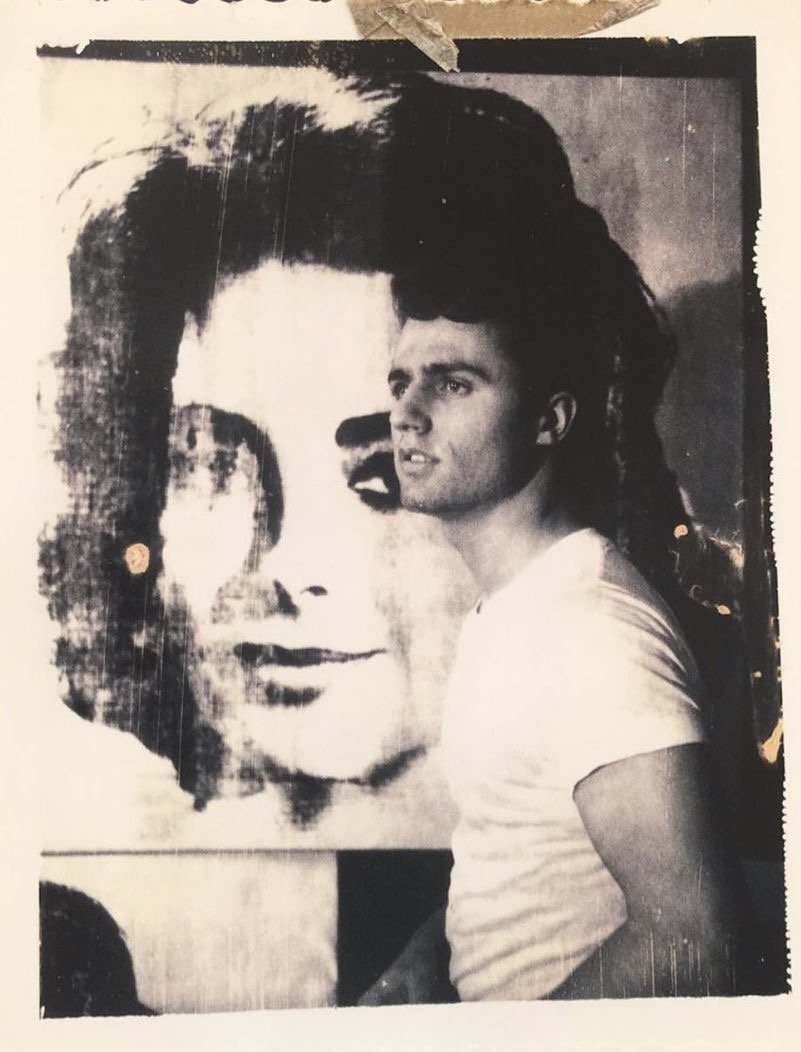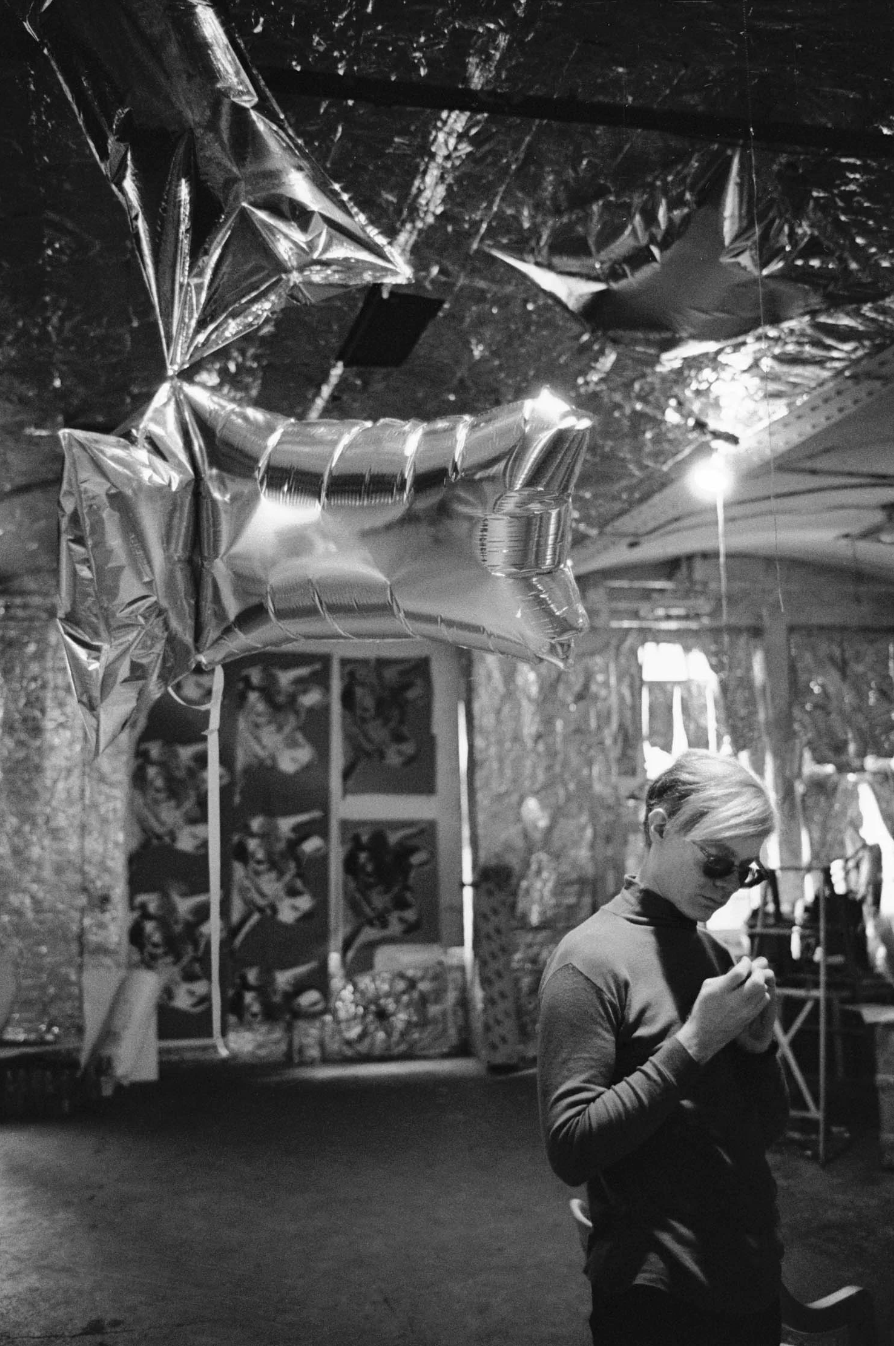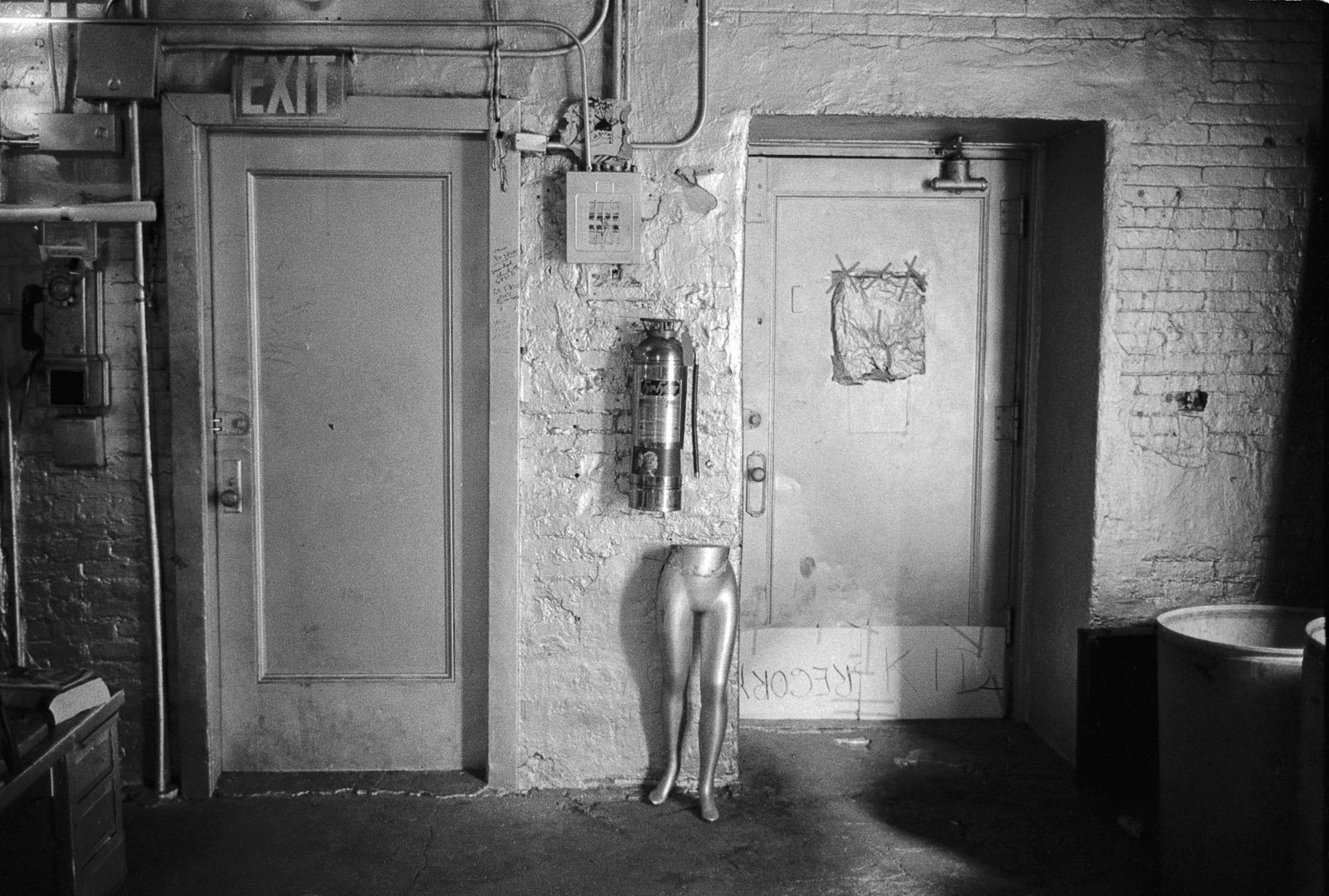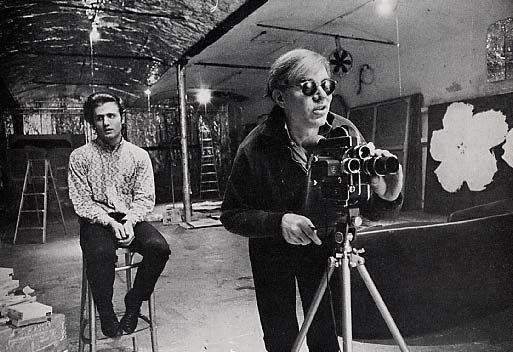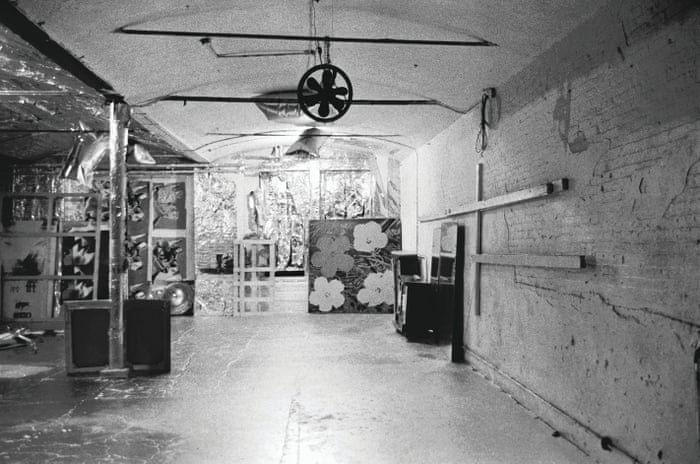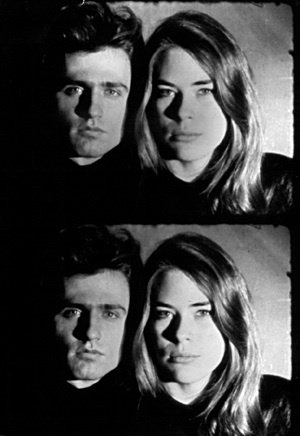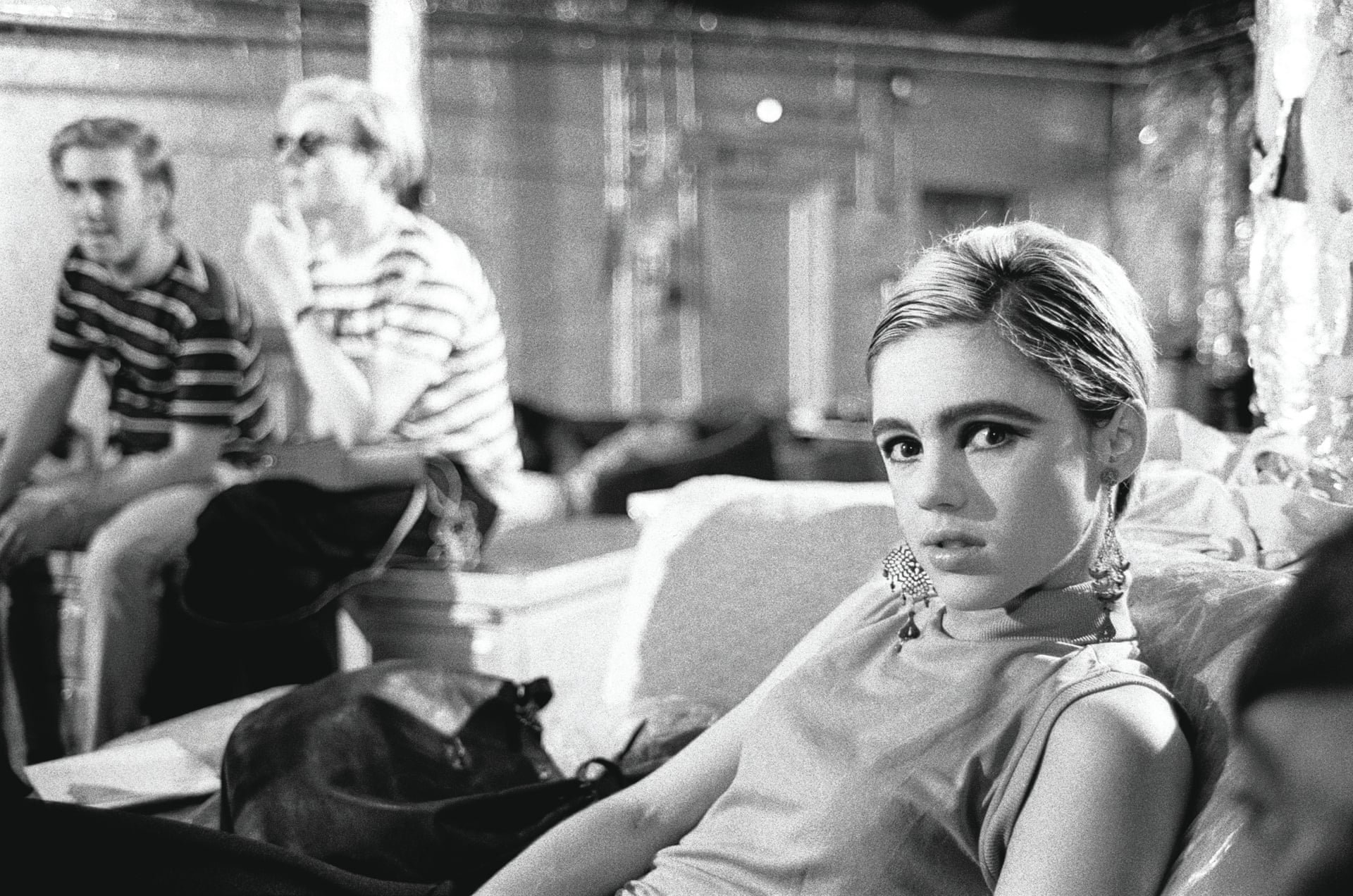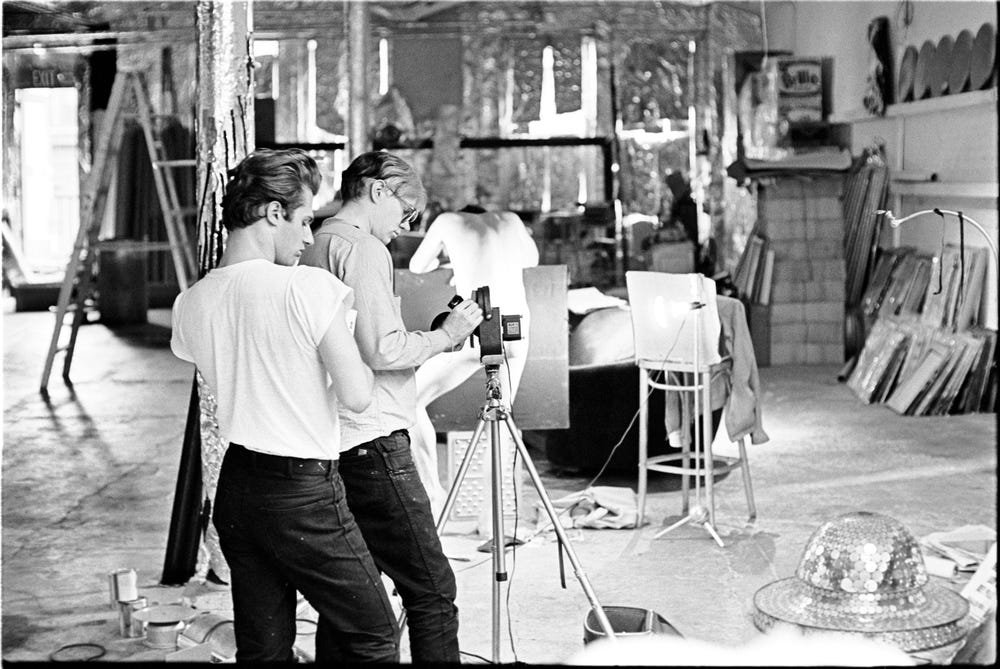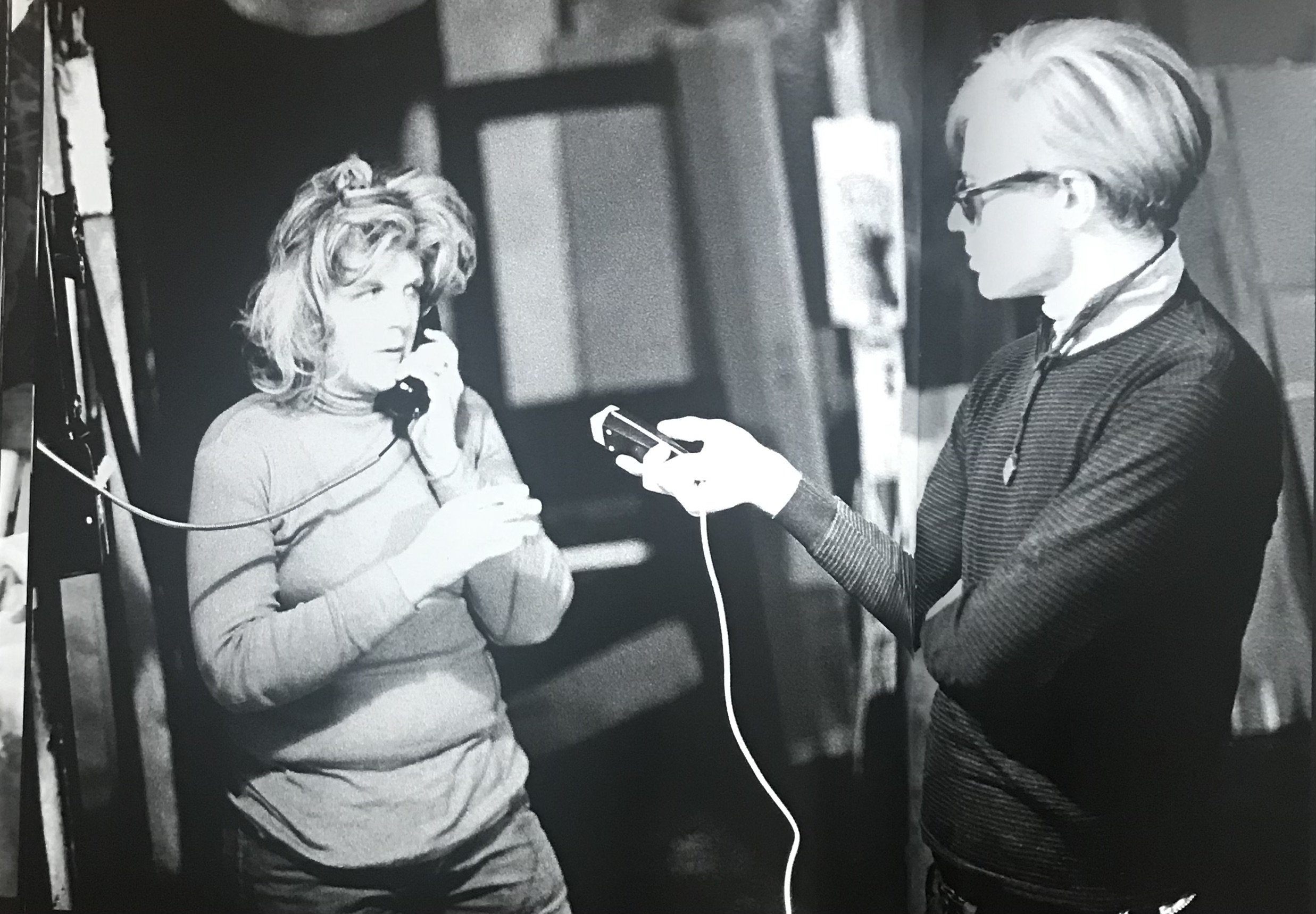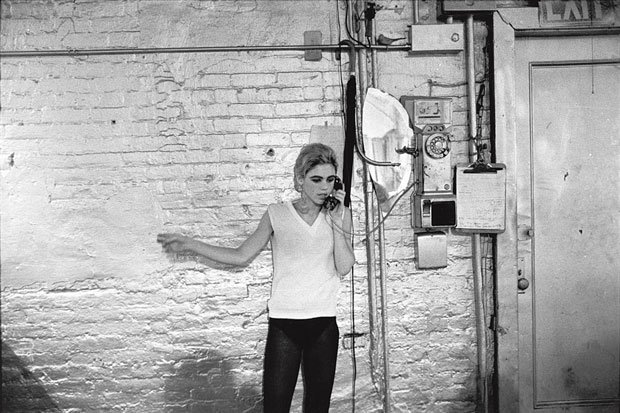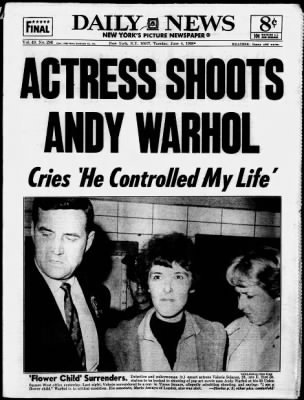What was the Factory?
In 1962, little-known Pop artist Andy Warhol rented the 5th floor of an industrial loft in midtown Manhattan. Warhol asked his artist friends to help “silverize” his new work space, and together they covered the entire studio in tin foil, fractured mirrors, and silver spray paint. Andy named his new studio the Factory.
Between 1962 and 1966, Andy Warhol filmed 472 short black and white portraits of artists at the Factory. The 32-hour series, titled Screen Tests, included artists like Lou Reed, Susan Sontag, Nico, Salvador Dali and Marcel Duchamp. The series also included Factory regulars - the working class kids, actors, models, drag queens, poets and criminals that populated the studio. Andy loved what he called "the leftovers of show business", and would dub his favorites 'Superstars'.
In 1965 Warhol threw a party for 'The 50 Most Beautiful People' at the Factory. Although celebrities like Judy Garland, Tennessee Williams, Montgomery Clift and Brian Jones were in attendance, all eyes were on Edie Sedgwick, Warhol's latest Superstar. In an instant, a new kind of celebrity had been born. Factory regular Gerard Malanga mused that is was at ‘The 50 Most Beautiful People’ party that “the stars went out and the Superstars came in".
As Andy’s fame grew, so did his reputation as a star-maker. Outrageous behavior at the Factory escalated to dangerous heights as people of all walks of life vied for Warhol’s attention, hoping to be named his next Superstar.
To keep up with growing demand for Pop art, Warhol turned his Superstars into “art workers” and the eclectic group filmed Andy's movies, silkscreened his paintings, played music, and created the wild atmosphere for which the Factory became legendary. At the height the Factory's notoriety, Andy was working nearly 24 hours a day. Andy maintained this 24/7 art party until 1968, when he was shot by Valerie Solanas, leader (and sole member) of SCUM - The Society for Cutting Up Men.
